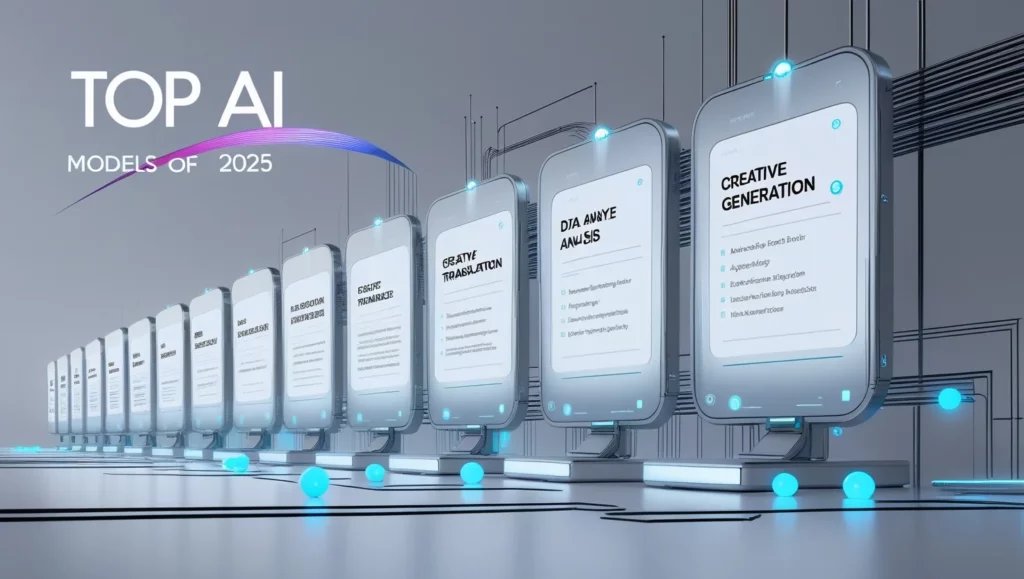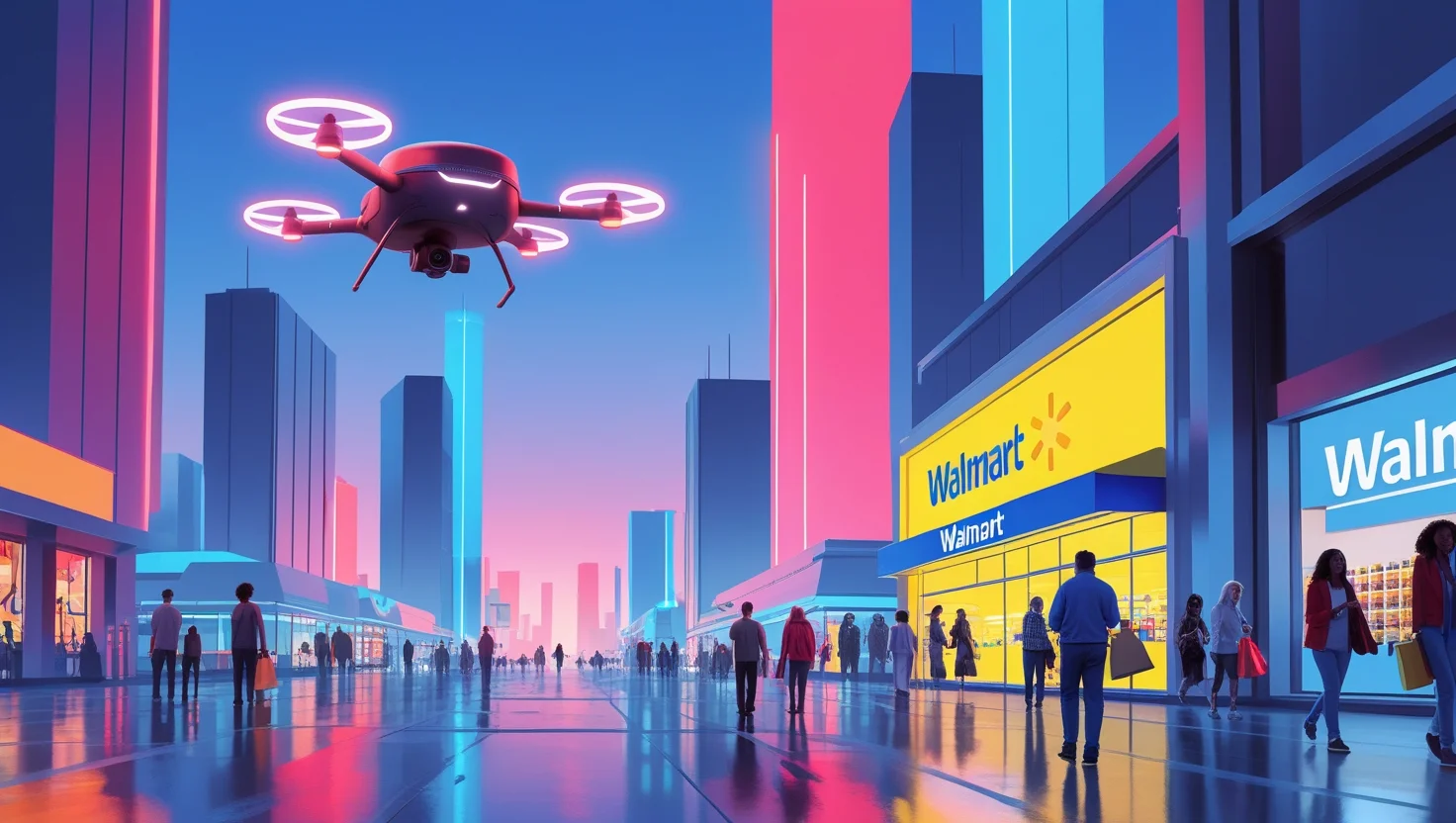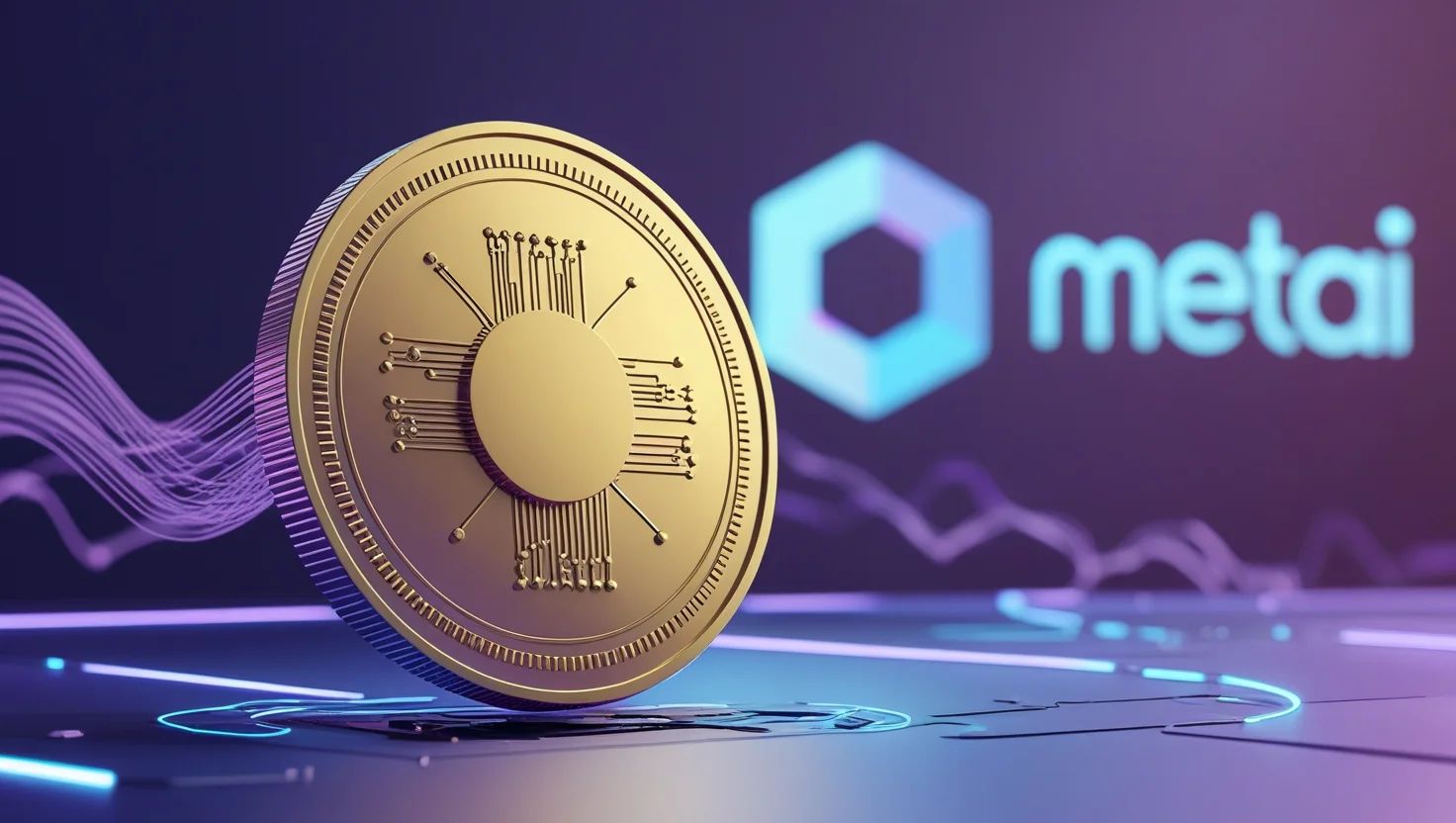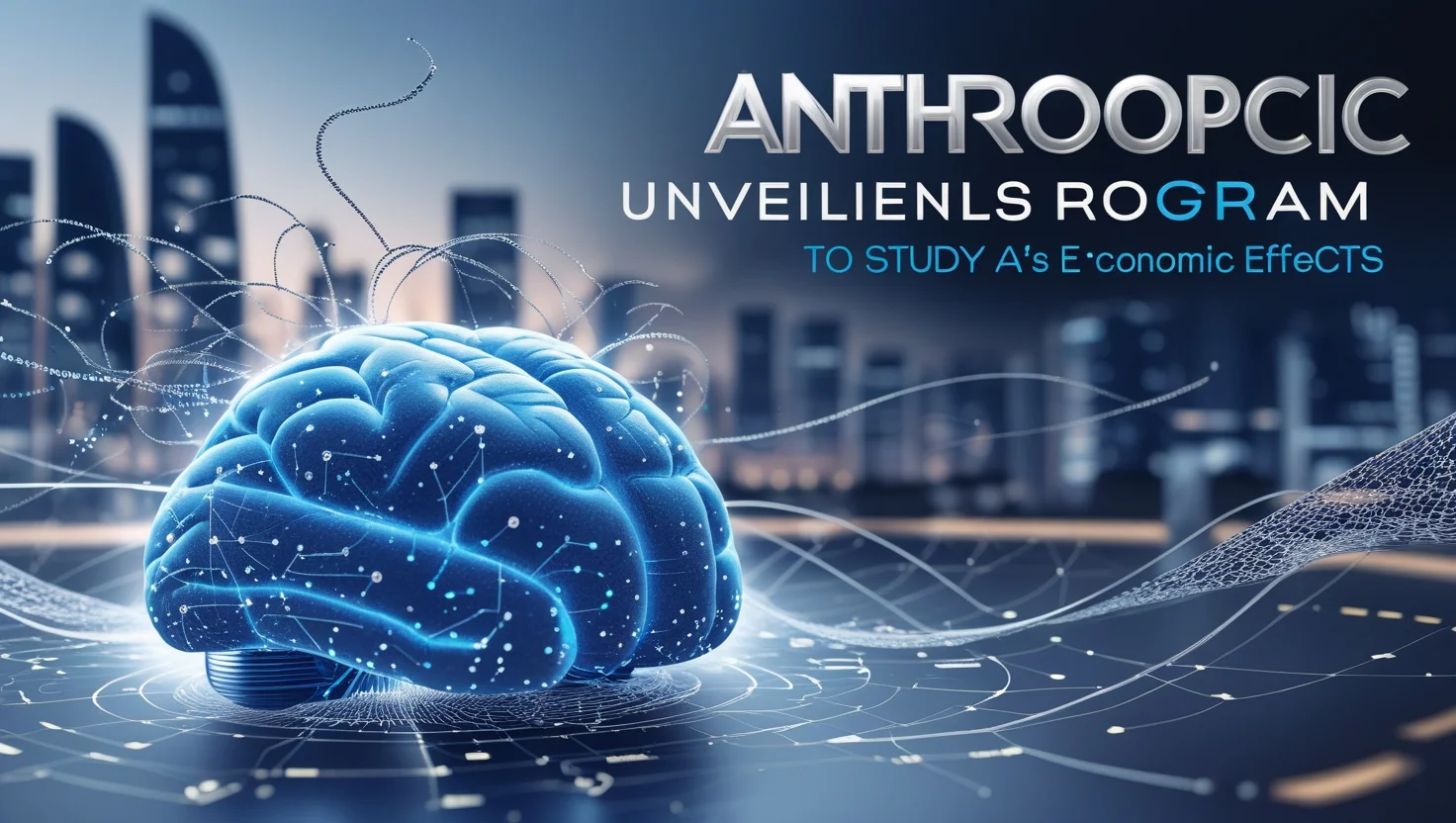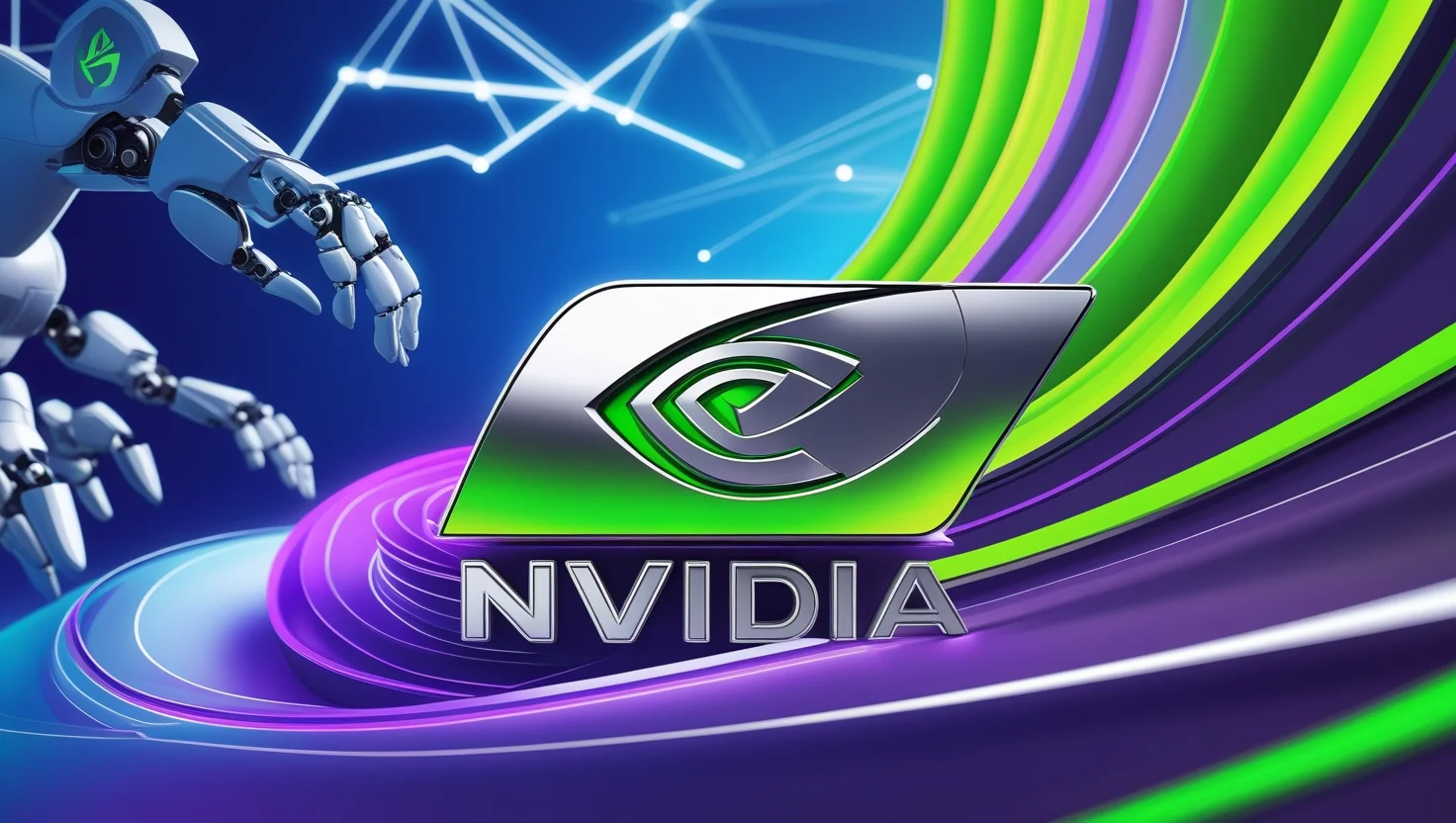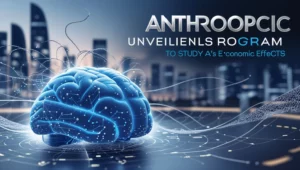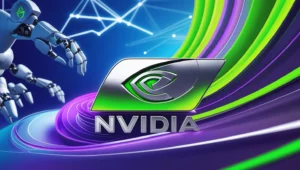AI models are evolving rapidly, with major tech companies and startups launching advanced versions. Keeping track of these models can be overwhelming, especially since they are often promoted based on technical benchmarks rather than real-world usability. To simplify things, here’s a breakdown of the most notable AI models launched in 2025 and their key features.
Cohere released Aya Vision, a multimodal AI model specializing in image captioning and multilingual understanding. OpenAI introduced GPT-4.5 Orion, which boasts strong world knowledge and emotional intelligence but lags behind newer reasoning models.
Meanwhile, Anthropic’s Claude Sonnet 3.7 is the first hybrid reasoning model, balancing quick responses with deeper analysis. Elon Musk’s xAI unveiled Grok 3, a model excelling in math, science, and coding, requiring an X Premium subscription.
OpenAI o3-mini is optimized for STEM tasks like coding and math, offering a lower-cost alternative. OpenAI Deep Research is designed for in-depth research with citations but is only available with ChatGPT Pro.
Mistral launched Le Chat, a fast-responding chatbot with a premium version featuring real-time journalism. OpenAI’s Operator acts as a virtual assistant capable of making independent decisions but remains experimental.
Google introduced Gemini 2.0 Pro, known for its exceptional coding skills and massive context window, while Meta launched Llama 3.3 70B, an open-source AI model praised for its efficiency. OpenAI’s Sora creates realistic videos but struggles with natural physics. Meanwhile, DeepSeek R1, a Chinese AI model, gained attention for its coding performance despite censorship concerns.
As AI models continue to evolve, companies are focusing on making them more efficient, accessible, and capable of reasoning. These advancements are shaping the future of AI, offering powerful tools for businesses, researchers, and everyday users alike.
